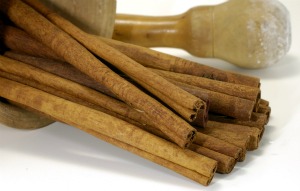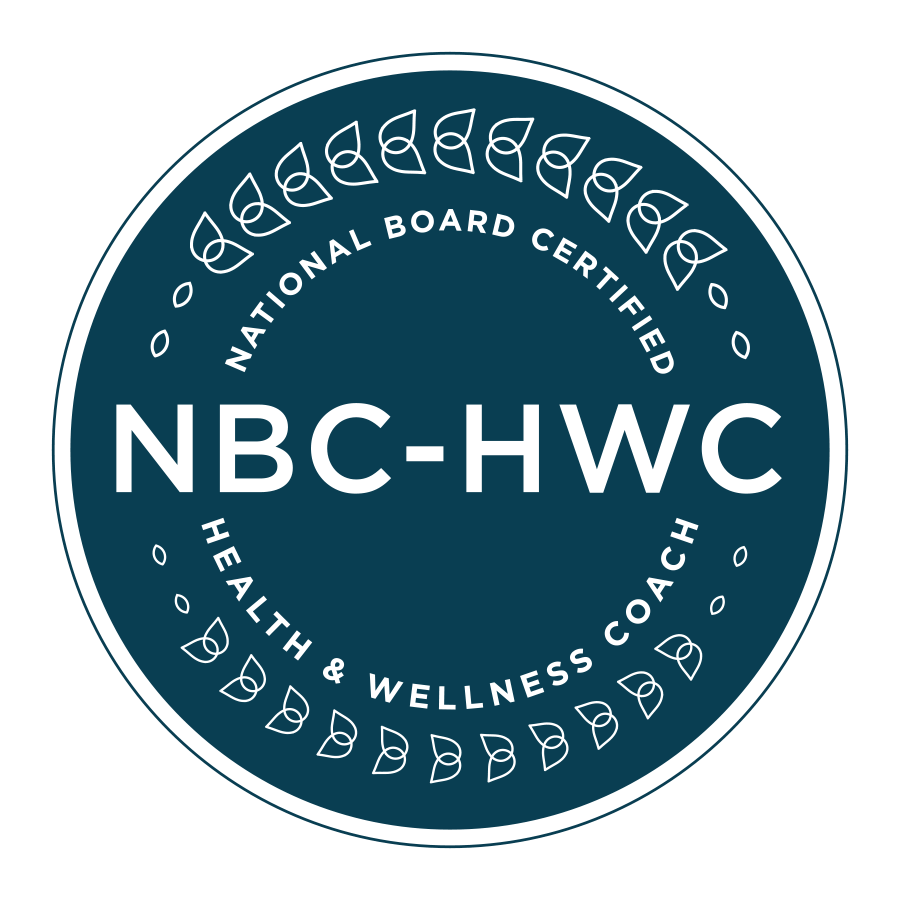The holiday season is fast approaching. Soon there will be the sweet aroma of baked pies, cookies and other pastries filling the air at home and at work. Everyone knows that during the holiday season it is hard to deny the desire for desserts filled with butter, sugar and cinnamon. I love the fall and winter months, and just the thought of such holiday delights makes me feel all warm and fuzzy inside.
I am sure you are now wondering how I am going prove that by eating “sweet” desserts, can benefit your health. Actually, this article is less about desserts and more about the spice cinnamon. The word cinnamon derived from the Greek word Ceylon, now known as Sri-Lanka, India, and is made from the bark of a species of trees grown in sandy soil in wet zones.
Photo of Cinnamon Sticks – Home RelatedCinnamon has many medical properties and its bark actually contains calcium, chromium, copper, iodine, iron, manganese, phosphorus, potassium, zinc, and vitamins A, B1, B2, and C. It is antiseptic and known to stimulate digestive juices. Studies show that cinnamon stimulates insulin activity, helping the body process sugars more efficiently. “Not only does cinnamon activate essential enzymes in the body thus stimulating the receptors in the cells so they will respond more efficiently to insulin, but it also inhibits the enzymes responsible for deactivating causing insulin resistance,” writes David W Tanton in the book “Antidepressants, Antipsychotics, And Stimulants — Dangerous Drugs on Trial.”
For diabetics, cinnamon should be a part of their daily treatment routine with a maximum dose of 3 grams – less than one teaspoon per day. More is not better in this case. It is also important to note, that one recent study found that it was necessary to use cinnamon in food for at least 40 days before you can “take a day off” and still get the protective benefits. Another important thing to remember is that pharmaceutical cinnamon laced with the chemical chromium picolinate should be avoided, as it causes more harm than good.
There are several types of cinnamon, but the one studied the most is the dark brown cinnamon. Chinese and Ayurvedic medicine have used the darker form of cinnamon as a remedy for diabetes and digestive complaints for centuries.
I buy my cinnamon in bulk from Penzey’s Spices, located in Sandy Springs, Georgia. They sell several types of cinnamon, but the one I like the most is from China. My favorite way to eat cinnamon and is in oatmeal. I cook Bob’s Red Mill Gluten-Free Steel Cut Oatmeal then load it with a heaping tablespoon of organic coconut oil, a little organic whole cane sugar and two teaspoons of Chinese cinnamon – Yum, Yum!
Now back to the “holiday desserts” I feel desserts are something we “deserve” and not to be eaten daily even if it has a good amount of enzyme activating cinnamon. Remember folks, Type II Diabetes is a lifestyle disease developed primarily from the sugar and simple carbohydrate laden Standard American Diet (SAD). Type II Diabetes is another one of the chronic degenerative diseases that can totally be avoided, even if this dis-ease runs in the family.




